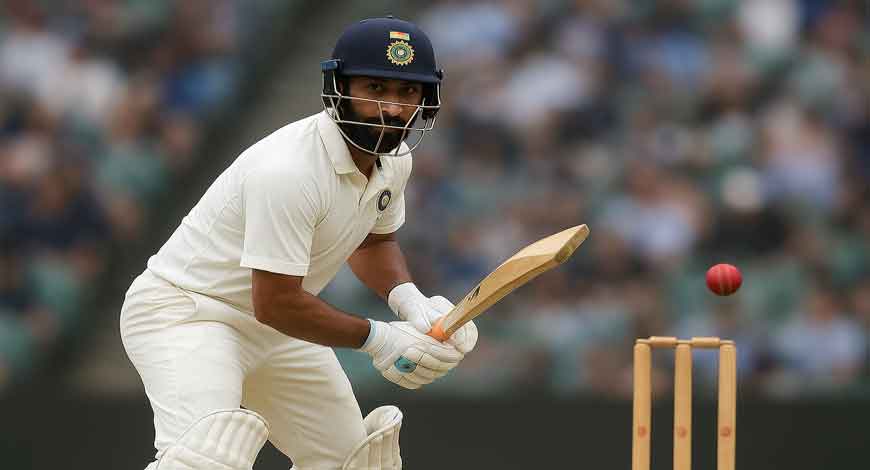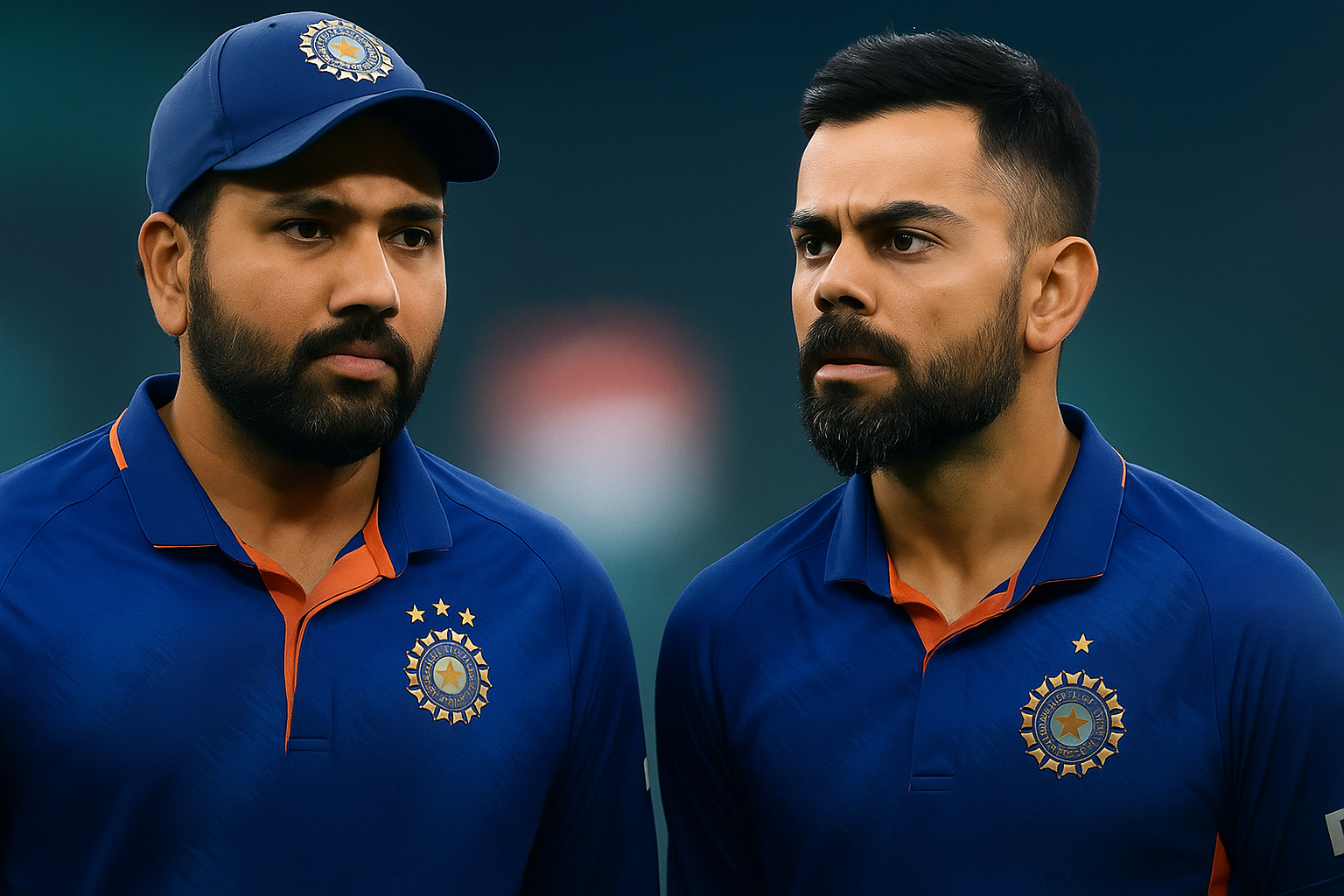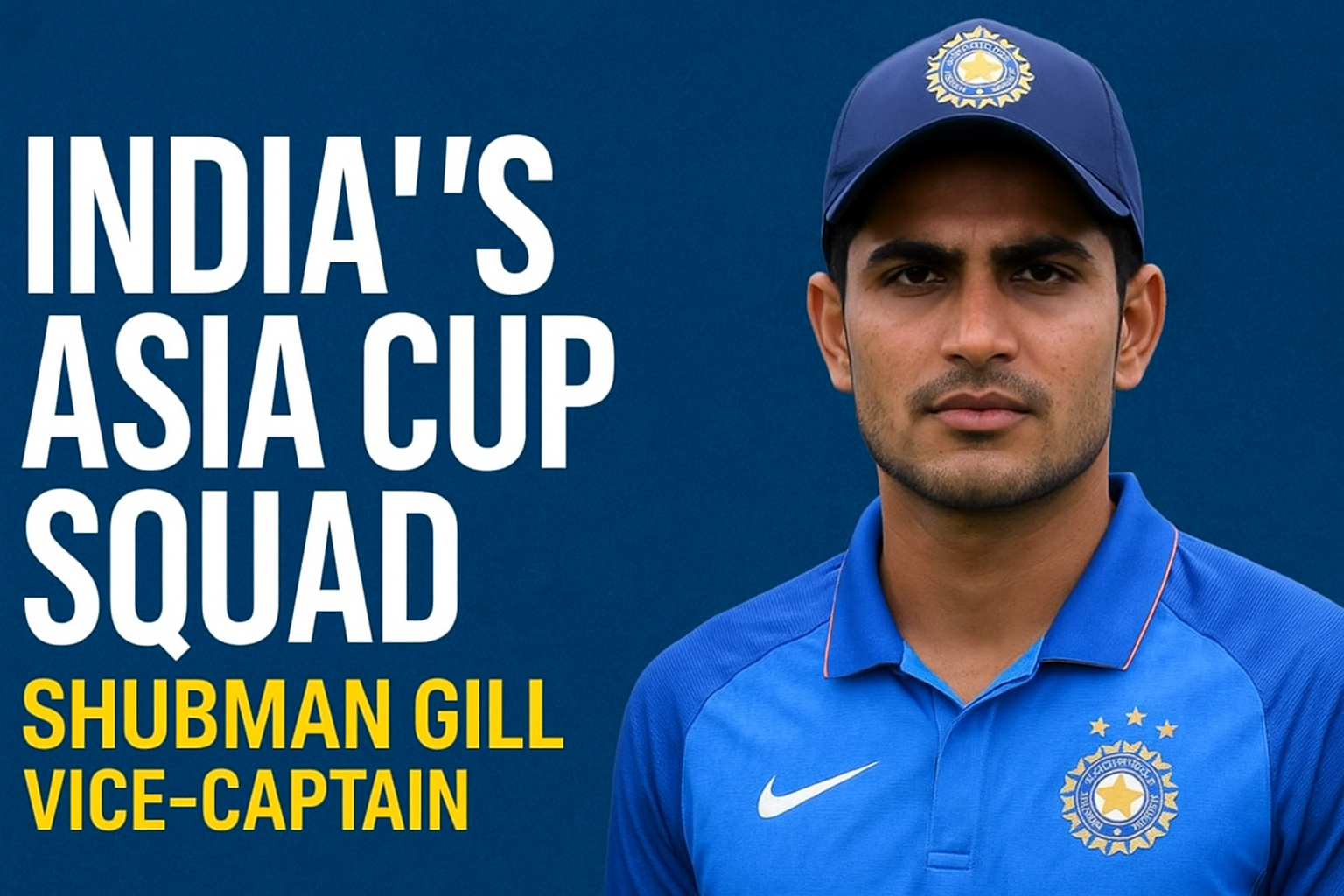When Cheteshwar Pujara announced his retirement from international cricket, the news was met with both respect and nostalgia across the cricketing fraternity. For nearly 15 years, Pujara held the mantle of India’s “Mr. Dependable” in the longest format of the game, carrying forward the legacy of classical Test batting in an era increasingly dominated by power-hitting and white-ball cricket. His retirement marks the end of a chapter where grit, patience, and discipline at the crease defined the foundation of India’s success in Test cricket.
Early Life and Rise Through the Ranks
Born in Rajkot, Gujarat, in 1988, Cheteshwar Arvind Pujara was destined to be a cricketer. His father, Arvind Pujara, played first-class cricket, and young Cheteshwar picked up the nuances of batting under his guidance. Pujara’s early domestic performances were nothing short of prolific. He scored heavily in junior cricket, including a triple century in the Under-19 level, and soon became a regular in India’s age-group teams.
His first-class debut came at the age of 17 for Saurashtra, and he quickly earned a reputation as a run-machine in domestic cricket. What stood out was his ability to bat for long hours without losing concentration, a trait that would later become his greatest strength in Test cricket.
The Test Debut and Filling Dravid’s Shoes
Pujara made his Test debut for India in 2010 against Australia at Bangalore. While his early outings showed flashes of potential, it wasn’t until Rahul Dravid’s retirement in 2012 that he became a permanent fixture at the crucial No. 3 position.
Replacing Dravid, one of the greatest Test batsmen of all time, was a monumental task. Yet Pujara made the spot his own, not by imitating Dravid, but by bringing his own brand of resilience and technique. His 206 against England in Ahmedabad in 2012 announced his arrival on the big stage. It was an innings that mirrored his temperament—measured, patient, and unyielding.
The Backbone of India’s Test Side
Over the years, Pujara became the bedrock of India’s batting lineup, especially in overseas tours. His style wasn’t glamorous, but it was invaluable. At a time when flashy stroke-makers like Virat Kohli, Rohit Sharma, and Rishabh Pant dominated headlines, Pujara quietly went about his business, wearing down bowlers, frustrating opposition captains, and setting up victories.
His most famous contributions came during India’s overseas tours—traditionally the toughest challenge for Indian batters. Pujara’s ability to blunt fiery pace attacks was central to India’s success abroad.
The 2018-19 Australia Series: His Magnum Opus
No discussion of Pujara is complete without mentioning his extraordinary performance in the 2018-19 Test series in Australia. In a historic campaign where India became the first Asian team to win a Test series Down Under, Pujara was the undisputed hero.
He scored 521 runs in the four-Test series, including three centuries, and batted for over 1,200 deliveries. His sheer resilience broke the spirit of Australia’s bowling attack, led by Pat Cummins, Mitchell Starc, and Josh Hazlewood. His marathon 193 at Sydney and his countless hours at the crease allowed India’s bowlers the platform to dominate.
In many ways, that series epitomized what Pujara stood for: patience, courage, and an unshakeable will to fight for his team. Virat Kohli, the then captain, described Pujara as “the difference between the two sides.”
The Body-Blows and the 2020-21 Gabba Epic
If 2018-19 was Pujara’s finest series, the 2020-21 Border-Gavaskar Trophy in Australia elevated him to legendary status. India, battered by injuries and the absence of senior players, faced an Australian side at full strength. Pujara’s role became even more crucial.
In the decisive Gabba Test, Pujara absorbed a barrage of hostile short-pitched bowling. He was hit multiple times on the helmet, chest, and arms, but refused to flinch. His 56 off 211 balls might not look remarkable in a scorecard, but it was one of the most significant innings in India’s Test history. His resilience blunted Australia’s bowlers and laid the foundation for Rishabh Pant’s heroics, which sealed a famous series victory.
That knock was symbolic—it wasn’t just about runs but about standing tall against adversity, embodying the warrior spirit of Indian cricket.
Criticism and Decline
Despite his heroics, Pujara was not immune to criticism. His low strike rate often drew flak, especially in an era where aggressive batting was celebrated. Many argued that his slow scoring put pressure on his partners.
From 2020 onwards, Pujara’s form began to dip. He went without a century for nearly three years, and his inability to convert starts became a concern. Younger players like Shubman Gill and Hanuma Vihari were waiting in the wings, and eventually, the selectors decided to move on. His last appearance came in the 2023 World Test Championship Final against Australia at The Oval, where he failed to make an impact.
The Retirement Announcement
When Pujara finally announced his retirement in 2025, it wasn’t entirely unexpected. Yet, the moment was emotional for fans and teammates alike. Tributes poured in from across the globe, acknowledging his role as one of the finest Test specialists of his era.
He may not have the staggering numbers of Sachin Tendulkar or Virat Kohli, but Pujara’s contributions cannot be measured merely in runs. His legacy lies in the moments he created, the series he saved, and the battles he fought for Indian cricket.
Legacy and Impact
Cheteshwar Pujara retires with more than 7,000 Test runs, 19 centuries, and countless memories etched in the hearts of fans. But more than numbers, his legacy is about what he represented.
In a cricketing landscape obsessed with T20s and strike rates, Pujara stood as a beacon of classical Test cricket. He proved that there was still space for patience, technique, and grit. Young cricketers across India will look up to him as an example of how to succeed without compromising one’s natural style.
For India, Pujara was not just a batsman—he was a warrior. Whether it was enduring bouncers at Brisbane or batting through pain in Nottingham, he embodied the never-say-die attitude that defined India’s rise as a global cricketing powerhouse.
Conclusion: A Farewell to the Last of the Purists
As Cheteshwar Pujara walks into the sunset of his international career, Indian cricket bids farewell to one of its last great purists. In an age where cricket is evolving at breakneck speed, his career is a reminder that the essence of the game still lies in courage, discipline, and perseverance.
Pujara may never have been the poster boy of Indian cricket, but he was its heartbeat in the toughest hours. His retirement leaves a void at No. 3, but more importantly, it leaves behind a legacy that future generations will strive to emulate.
For the fans, Pujara’s name will always evoke memories of a man standing tall amidst chaos, holding the fort, and giving India reasons to believe. His story is not just about cricket—it’s about resilience, determination, and the timeless beauty of Test match batting.
TheNewsBit Bureau









